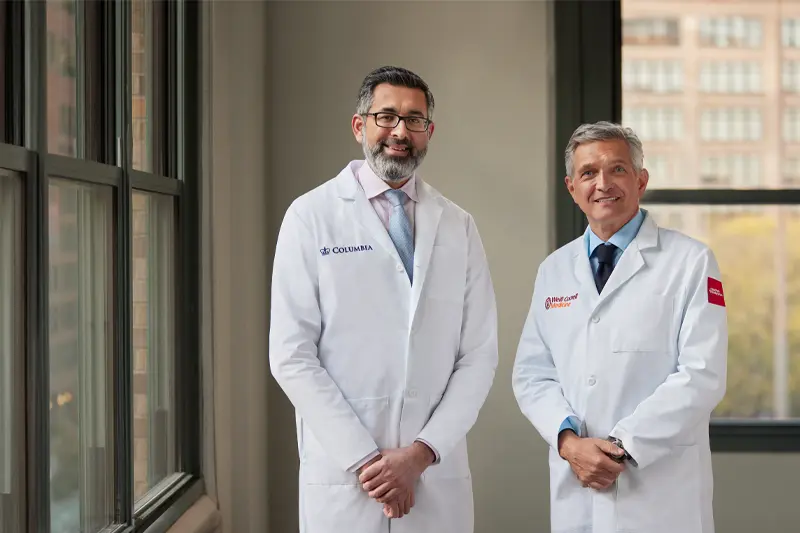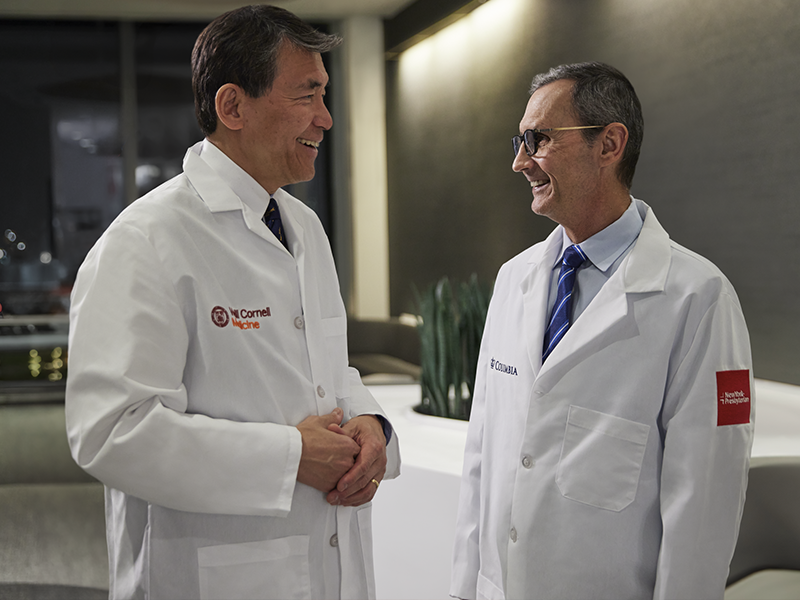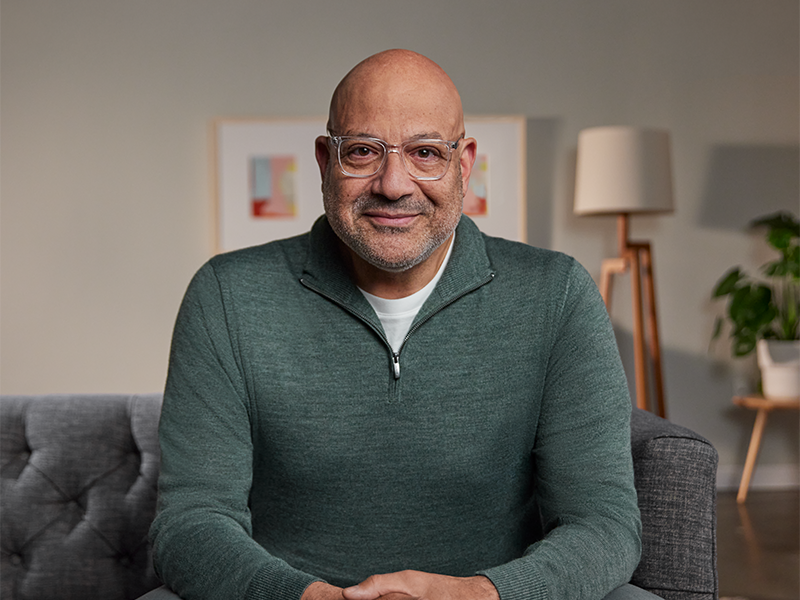Och Spine at NewYork-Presbyterian brings together top orthopedic and neurological spine surgeons, as well as nonoperative and rehabilitation experts, to provide unmatched spine care for children and adults. We treat the full spectrum of spine conditions, ranging from common neck and back pain to rare spinal tumors and scoliosis.
Our experts are leaders in their field, prioritizing innovative, nonsurgical solutions over surgery whenever possible. We’re always in pursuit of better ways to heal the spine.















